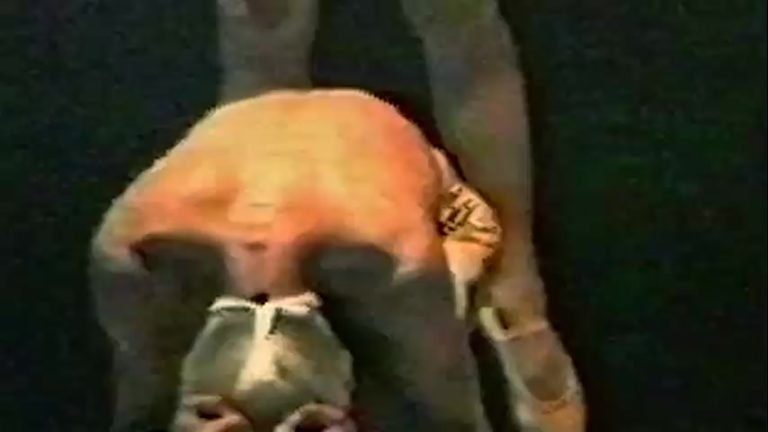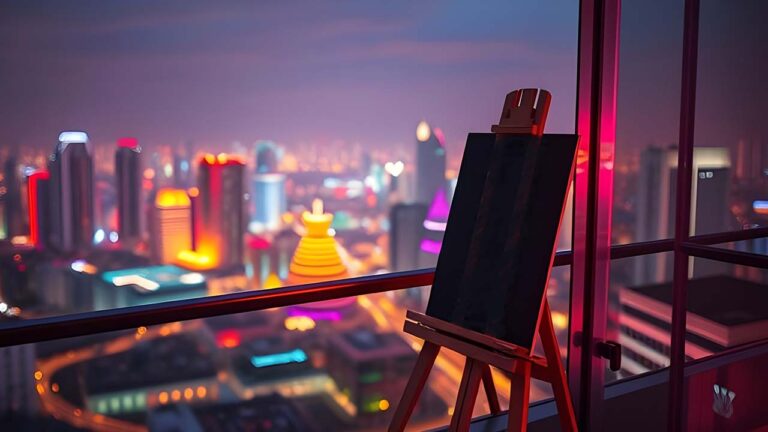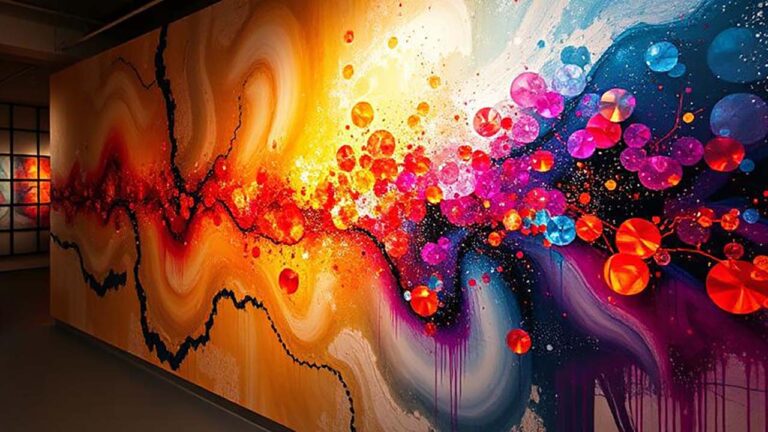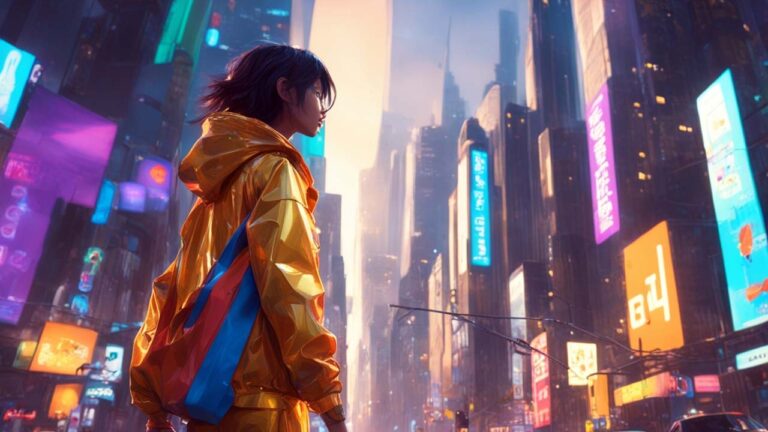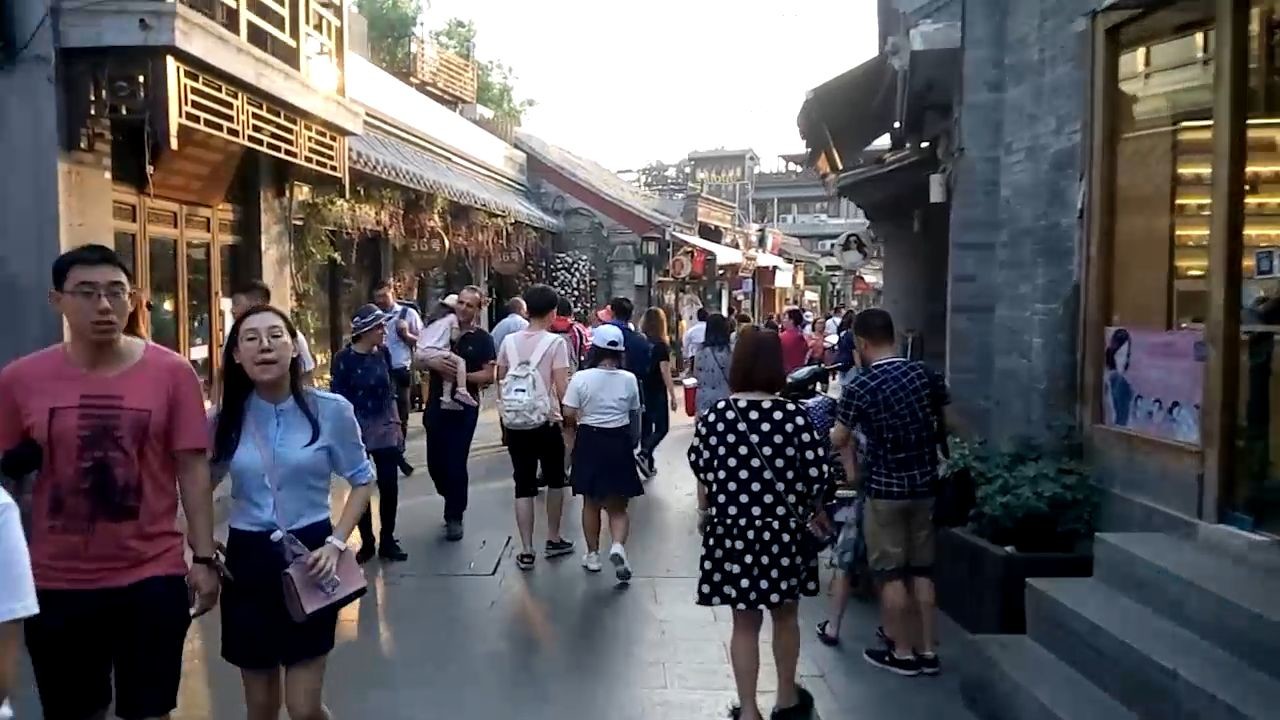
In ancient Beijing’s heart, a tale unfolds,
Of Hutong, narrow streets, where stories are told.
A labyrinth of alleys, winding and old,
Where traditions and secrets, like whispers, are held.
The gray-tiled roofs, a mosaic to the sky,
Reflect the city’s history, as the years go by.
The scent of incense, and cooking oil in air,
Wafts through the passageways, beyond compare.
In Hutong’s depths, a world of simplicity resides,
Where locals live, and laughter, and tears, abide.
The sound of bicycles, and pedicabs, a symphony plays,
As residents go about, their daily, gentle ways.
The Drum Tower’s beat, a heartbeat in the night,
Echoes through the alleys, a guiding, gentle light.
The paper lanterns, a colorful, festive glow,
Illuminate the darkness, as the city’s spirit grows.
In Hutong’s hidden corners, a treasure trove is found,
Of temples, and courtyards, where ancient tales resound.
The whispers of emperors, and eunuchs, and the past,
Echo through the corridors, forever to last.
As night descends, and darkness, gently falls,
The Hutong’s magic, like a spell, enthralls.
The stars appear, a twinkling, celestial show,
Above the rooftops, where the city’s spirit glows.
In Beijing’s Hutong, a world of wonder waits,
A journey through the ages, where tradition creates.
A place where time stands still, and memories unfold,
In the ancient, narrow streets, where stories are told.Beijing Hutong refers to the traditional alleyways and lanes found in the old city of Beijing, China. The term “hutong” is derived from the Mongolian word “hutag,” meaning “water well,” as many of these alleyways originated from the areas surrounding ancient wells.
Historically, hutongs were formed by the siheyuan, which are traditional Chinese courtyard residences. Over time, as more siheyuan were built, the alleys between them became the hutongs. These narrow passageways have been an integral part of Beijing’s urban landscape for centuries, with some dating back to the Yuan Dynasty (1271-1368).
Beijing Hutongs are characterized by their narrow, winding paths, often no wider than 3-4 meters. They are lined with traditional siheyuan, as well as shops, restaurants, and street vendors, showcasing the local culture and way of life. The hutongs have played a significant role in Beijing’s history and have been home to many famous Chinese figures, including artists, writers, and politicians.
In recent years, many of the old hutongs have undergone restoration and preservation efforts to maintain their historical and cultural significance. Visitors can explore the hutongs on foot, by bike, or by rickshaw, discovering the unique charm and character of old Beijing. Some popular hutongs to visit include Nanluogu Xiang, Ju’er Hutong, and Mao’er Hutong, among others.

